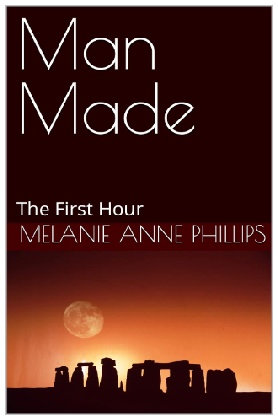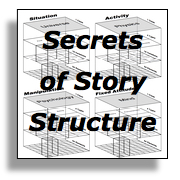The Secrets of Story Structure program was recorded during a live seminar presented by co-creators of the Dramatica theory of story, Melanie Anne Phillips and Chris Huntley.
The seminar delves into the dramatic underpinnings of narrative structure and how to apply it to strengthen the impact of your novel or screenplay.
The concepts covered were incorporated into Dramatica software with the world’s only patented interactive Story Engine that cross-references your dramatic choices for your story to find holes and inconsistencies and suggest how to fix them.

Read the Science Fiction Thriller
From the founder of Storymind
Man Made follows a mysterious force as it sweeps around the globe erasing anything man made - from buildings, vehicles, and technology to medicines, clothing, and dental work.
Governments stagger under the panic, religions are at a loss for an explanation, scientists strive for any means to stop or divert the phenomenon, and the world’s population from families to individuals struggle to prepare for The Event, which will drive humanity back beyond the stone age.
The Event is coming.
Are you prepared?
Volume Three, Part 9 - Signposts and Journeys

Signposts and Journeys
Plot is like clockwork and its mechanism is like wheels within wheels. The key turning points in this structural system is composed of signposts and journeys which define the movement of acts, sequences and scenes.



